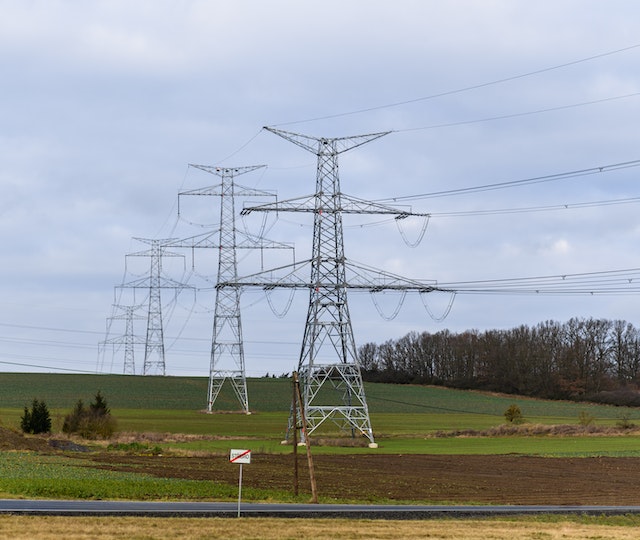Unlocking the Potential: Free Electricity for a Sustainable Future
Introduction
In a world that increasingly relies on electricity, the quest for free electricity has been a topic of interest for decades. Imagine the power to light up your home, charge your devices, and run your appliances without the worry of monthly utility bills. While it may seem like an impossible dream, there are indeed ways to generate electricity for free or at a significantly reduced cost. In this blog, we will explore some innovative methods and technologies that can help you harness the power of free electricity.
- Solar Power: Harnessing the Sun’s Energy
Solar power is one of the most popular and accessible methods of generating free electricity. The concept is simple: install solar panels on your property, and they will convert sunlight into electrical energy. Here’s how it works:
- Solar Panels: Solar panels consist of photovoltaic cells that absorb sunlight and convert it into electricity. They generate direct current (DC) electricity.
- Inverters: Inverters are used to convert DC electricity into alternating current (AC) electricity, which is suitable for home use.
- Net Metering: Many regions offer net metering programs, allowing you to sell excess electricity back to the grid, effectively reducing your energy costs.
- Wind Power: Harnessing the Power of the Wind
Wind power is another renewable energy source that can provide free electricity. It involves capturing the kinetic energy of the wind and converting it into electricity. Key components of a residential wind power system include:
- Wind Turbines: Wind turbines capture the energy of the wind and transform it into electrical power.
- Battery Storage: To store excess energy for use during periods of low wind, homeowners often incorporate battery storage systems into their setup.
- Wind Speed and Location: Successful implementation of wind power depends on wind speed and location. It’s essential to assess the wind conditions in your area before investing in a wind power system.
- Hydropower: Tapping into the Power of Flowing Water
Hydropower, also known as hydroelectric power, utilizes the energy of flowing water to generate electricity. While large-scale hydroelectric dams are common, micro-hydropower systems can be employed in smaller settings. Here’s how it works:
- Turbines: Water turbines are placed in a stream or river, and the kinetic energy of the flowing water turns the turbines to generate electricity.
- Micro-Hydropower: In areas with access to running water, micro-hydropower systems can provide free electricity for homes or small communities.
- Energy from Biomass: Turning Waste into Power
Biomass energy generation involves converting organic materials like wood, agricultural residues, or waste into electricity. The process typically includes:
- Biomass Boilers: Biomass boilers burn organic materials to produce heat, which is then used to generate steam and drive a turbine to create electricity.
- Biogas Digesters: In some cases, biogas can be captured from the decomposition of organic matter and used for power generation.
- Human-Powered Technologies: Electricity from Movement
Human-powered technologies are gaining traction as a means to generate free electricity. These innovations harness energy from daily human activities, such as walking or pedaling. Some examples include:
- Piezoelectric Flooring: Flooring materials equipped with piezoelectric sensors can generate electricity when pressure is applied, such as when people walk on them.
- Pedal-Powered Generators: Bicycle generators can be used to produce electricity by pedaling a stationary bike connected to a generator.
